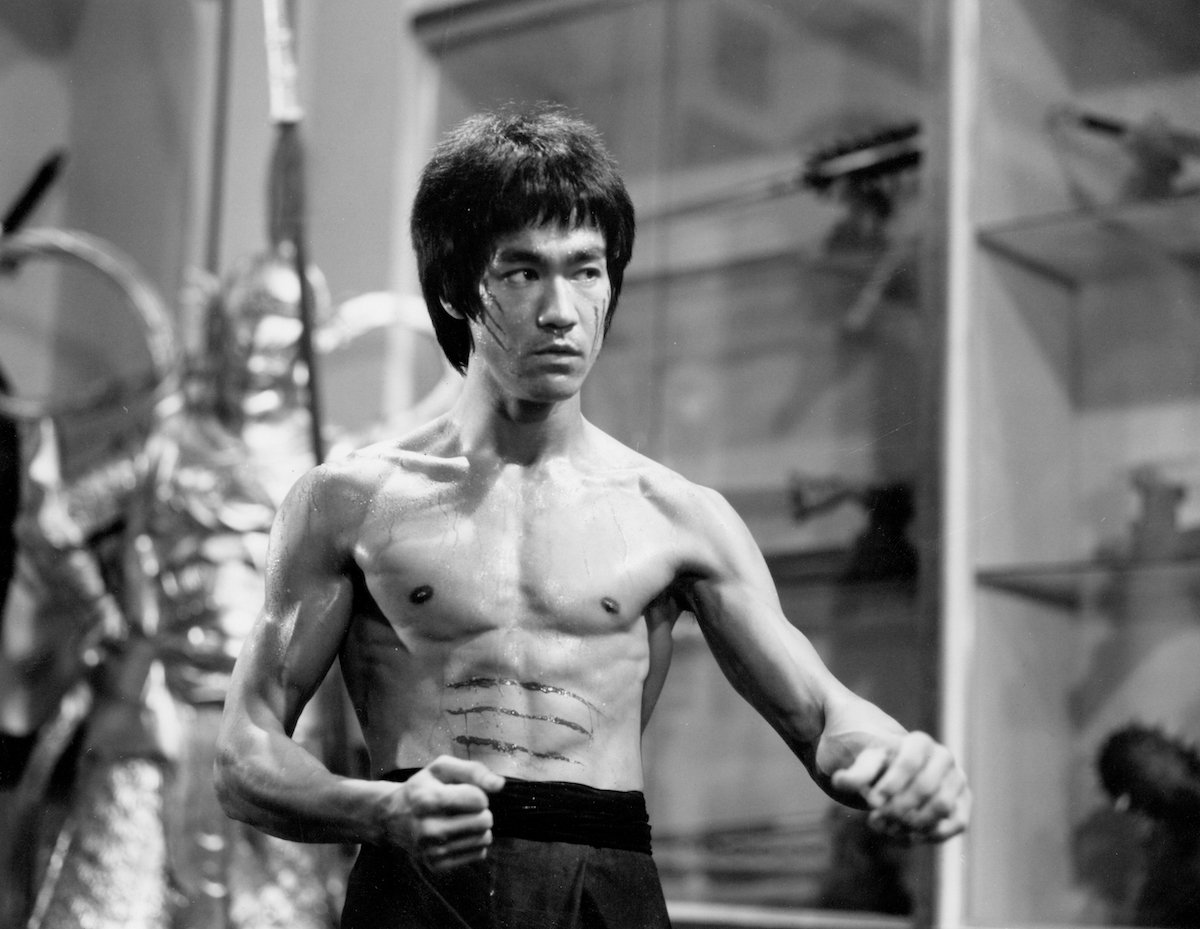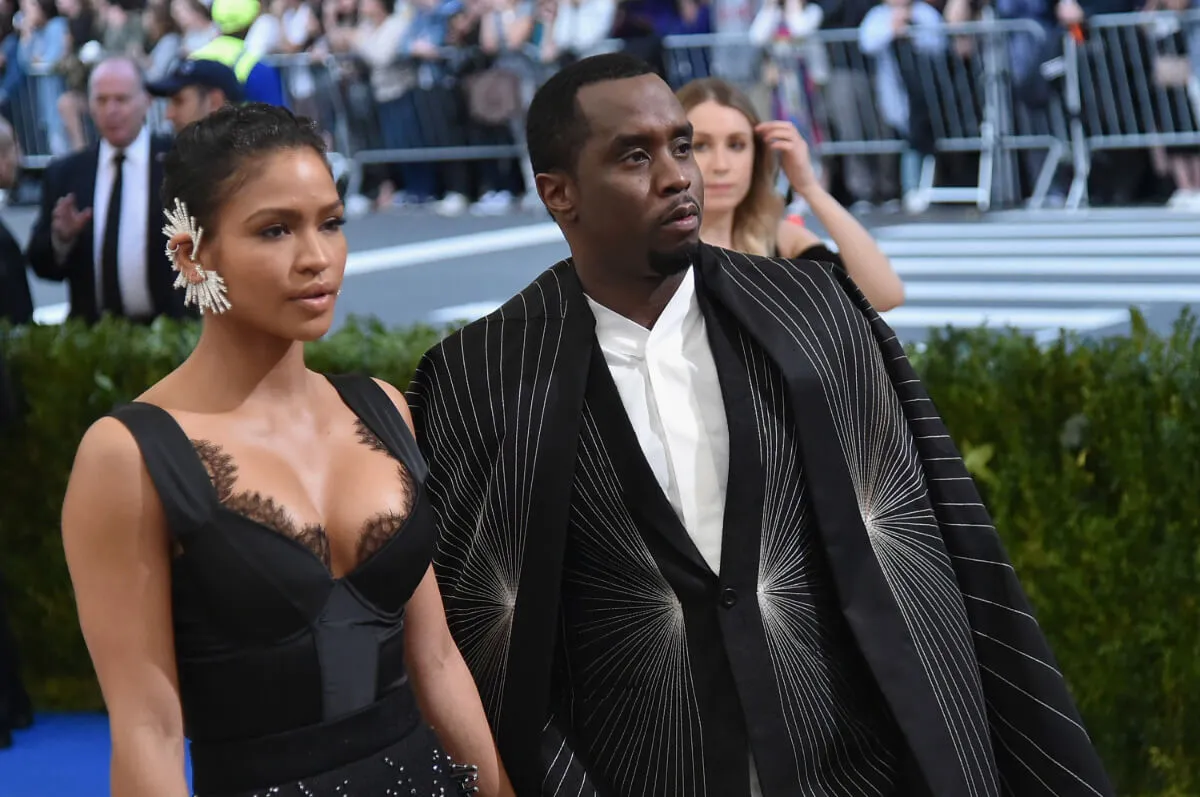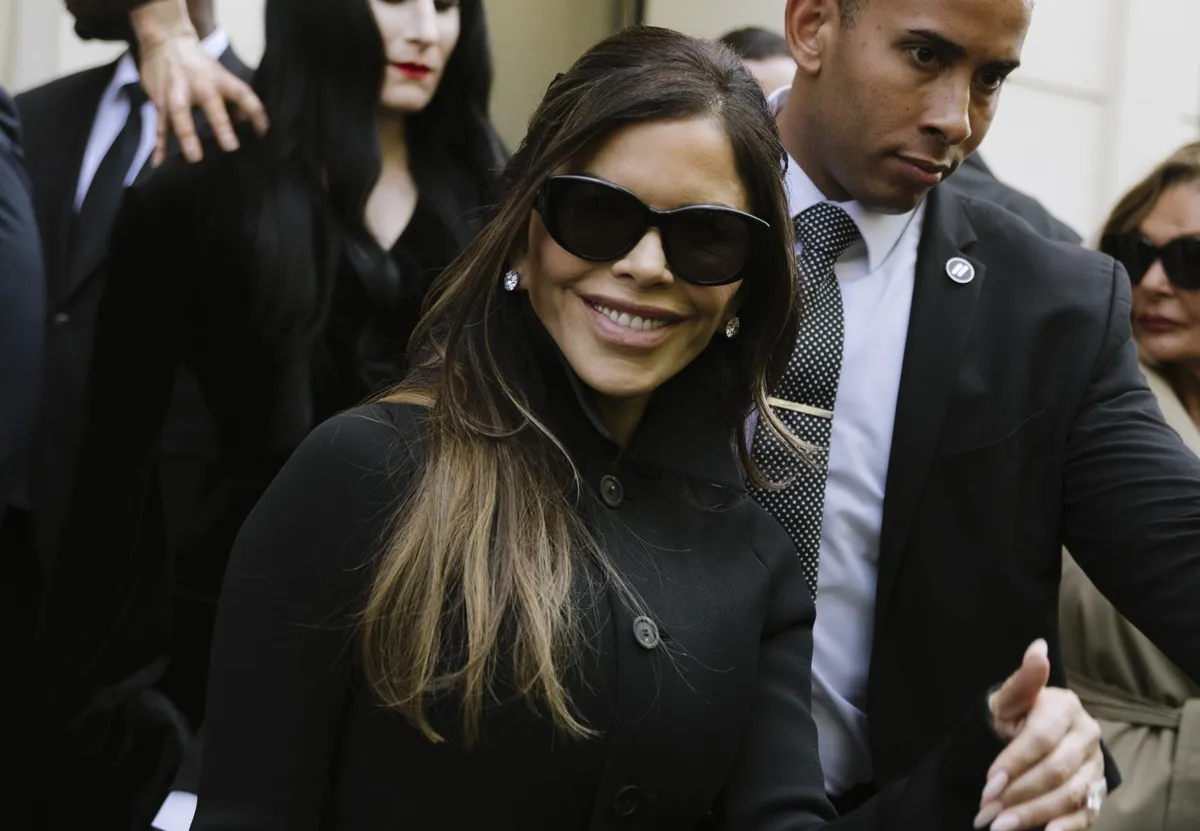Bruce Lee’s Posthumously Released Film ‘Game of Death’ Used Shots From the Actor’s Real Funeral
When people think of the kung fu craze of the early ’70s, the name at the forefront of everyone’s mind is Bruce Lee. As one of the greatest martial artists and physical actors of all time, his movies have inspired generations of people across the world. Due to his untimely death, several of Lee’s films were released posthumously, but only one of these managed to shoot new footage of him after the fact, as confusing as that might sound at first.
‘Game of Death’ was the last film Lee worked on before his death

The 1978 movie Game of Death is the final movie in Lee’s filmography outside of archival footage. Further evidence of his multiple talents, it was written, directed, and produced by Lee in addition to his star credit. Originally filmed in 1972, it was left incomplete at the time of his death in 1973.
The finished film that made it to theaters used the footage filmed prior to Lee’s passing, spliced together with new footage of the other actors in a notably different story, plus extra archival footage of Lee himself from Enter the Dragon.
The movie follows Lee as kung fu movie star Billy Lo as he runs afoul of a racketeering syndicate. Refusing to play ball with their criminal activities, an assassin shows up on set and shoots Billy. He survives but requires surgery to repair the damage that slightly changes his face (an unsubtle reference to the multiple stand-in actors used to complete the movie). Faking his death, he lays in wait until villains kidnap his fiancee, forcing him to return and beat each of them in one-on-one deathmatches.
Scenes from the movie included Lee’s real-life funeral
Game of Death is notable for making the best out of a bad situation. Notably, it also includes an unexpected inclusion as a means of adding more of Lee to the movie – his actual funeral.
Like Far Out Magazine recapped, part of Billy’s ruse in tricking his assassins is a fake funeral, which is represented by real news footage of Lee’s real funeral. This also meant that Lee’s body appeared on screen, making it a rare instance of an actual corpse appearing in a movie. Notably, this funeral was not part of the original story that Lee had written, meaning that the new writer/director Robert Clouse made the decision to include it in his reworking of the story.
The movie was financially successful but heavily criticized for decisions like this
It’s no wonder that many critics at the time considered this move to be in extremely poor taste. As mentioned before, this was a deliberate choice by Clouse, and one that many felt was a cheap way to cash in on Lee’s untimely death. What makes it worse is that none of Lee’s family was consulted on the decision.
Outside of this questionable decision, much of the rewritten film was similarly panned. Lee himself had completed around 100 minutes of footage for the original cut, but barely 11 minutes of that were kept in the final version. Notably, much of this was in the climax of the film, which is where most people think the movie finally gets good.
It was no doubt disappointing for fans to see Lee’s final film get such a butchering. Despite this, it was undeniably successful at the box office. The movie made roughly $50,000,000 in USD by the end of its run, which would be about $210,000,000 today. In that way, it was sort of a proof of concept for the many Lee imitators that cropped up over the next several years, most of them to diminishing returns.
While the original Game of Death will never be completed, we have gotten a clearer idea as to what it could be recently. In 2019, a short film called Game of Death Redux was released by producer Alan Canvan. It used about 40 minutes of the original footage set to the 1978 film’s score, showcasing Lee’s Hai Tien as he’s forced by the Korean mafia to defeat martial arts masters guarding a secret treasure at the top of a pagoda. Constructed to be as close to Lee’s vision as possible, it’s appropriately considered a much better film despite its short length.


